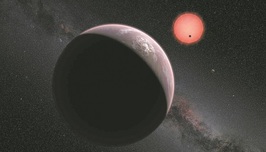
The star itself is a red dwarf, not much larger than Jupiter. Although it is red in appearance, most of its radiative output is in the infrared (heat radiation), outside the visible spectral band. Two of the three planets discovered, going by the names Trappist-1 b and Trappist-1 c, have been shown to be rocky planets about the size of the Earth, with dense, compact atmospheres (not hydrogen). The main feature causing the excitement is that they are believed to be in the so-called Goldilocks Zone – the distance from the central star that is ‘just right’ to allow the existence of liquid water on the planetary surfaces – and therefore potentially life. Another feature of the planets is that they orbit very close to the central star, with orbit periods of 1.5 and 2.4 Earth days, and so will be tidally locked – that is, they would permanently present the same hemisphere to their star. Although the sunny side may too hot and the dark side too cold, nevertheless there is likely to be an intermediate twilight zone where the temperature would be just right to sustain life.
If there is intelligent life there, they will have been receiving our radio, television and communications transmissions for some years. Just now they will be hearing about events down here on Earth around the year 1976. In the UK, the media was full of summer heat and drought, the ‘punch-up’ with Iceland over fish, and Barry Manilow and ABBA were popular in the charts. Apparently among the top-rated TV shows then were ‘Happy Days’ and ‘Charlie’s Angels’. Based on the stream of media output from those times, I wonder if they would judge there to be intelligent life here?
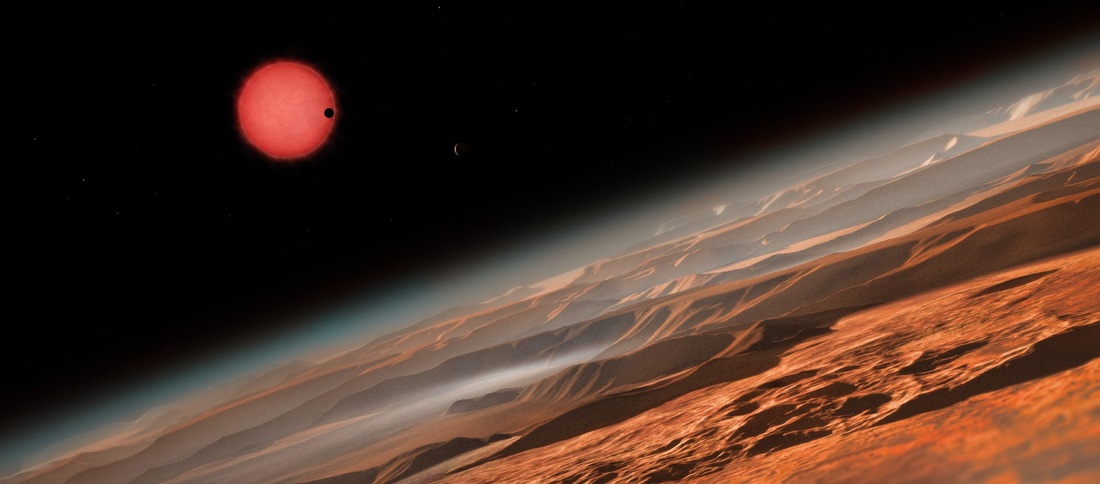
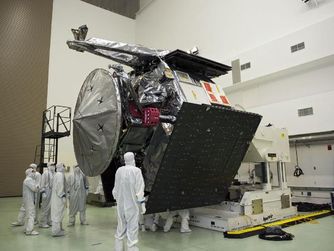
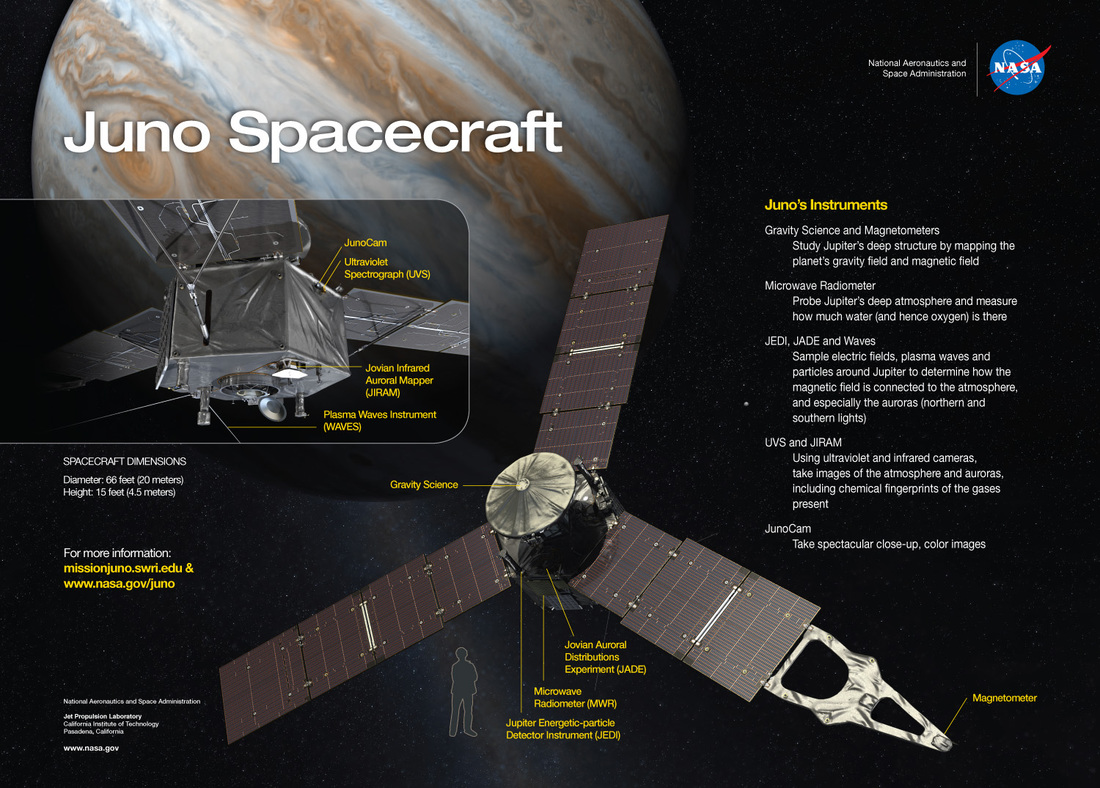
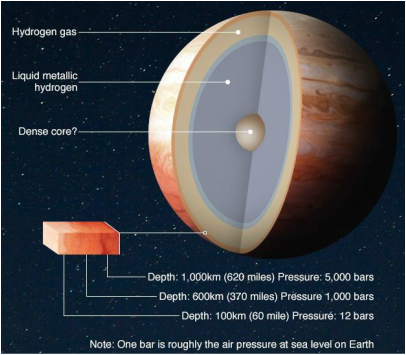
 RSS Feed
RSS Feed
